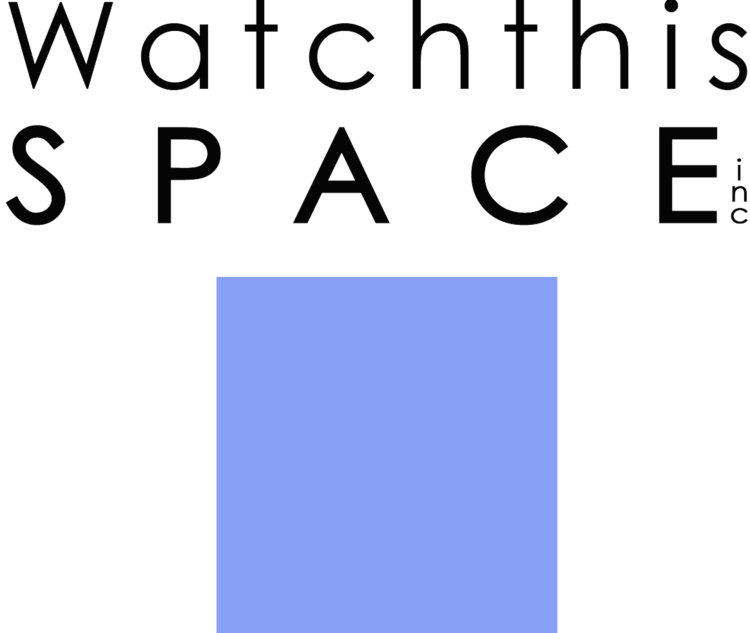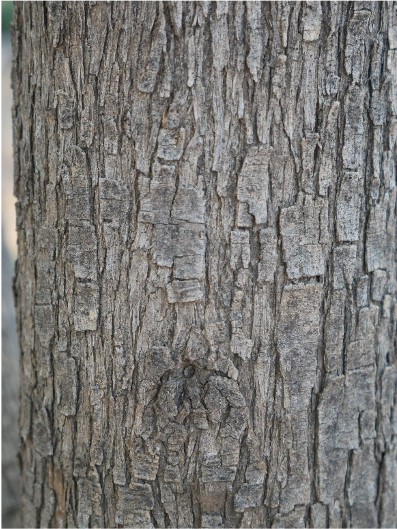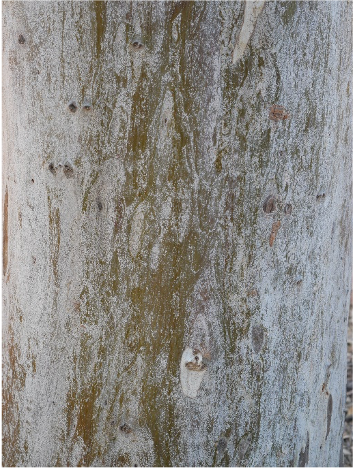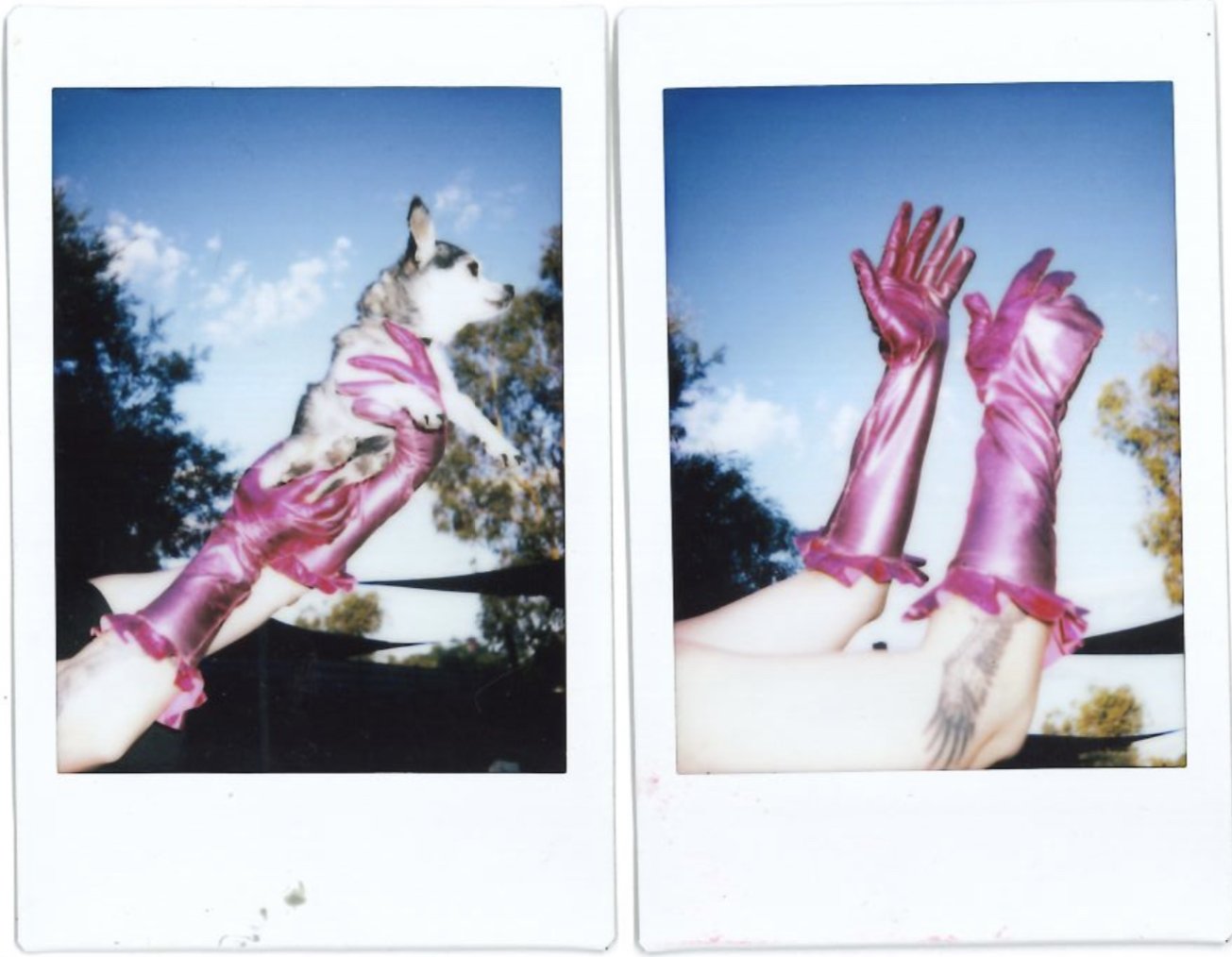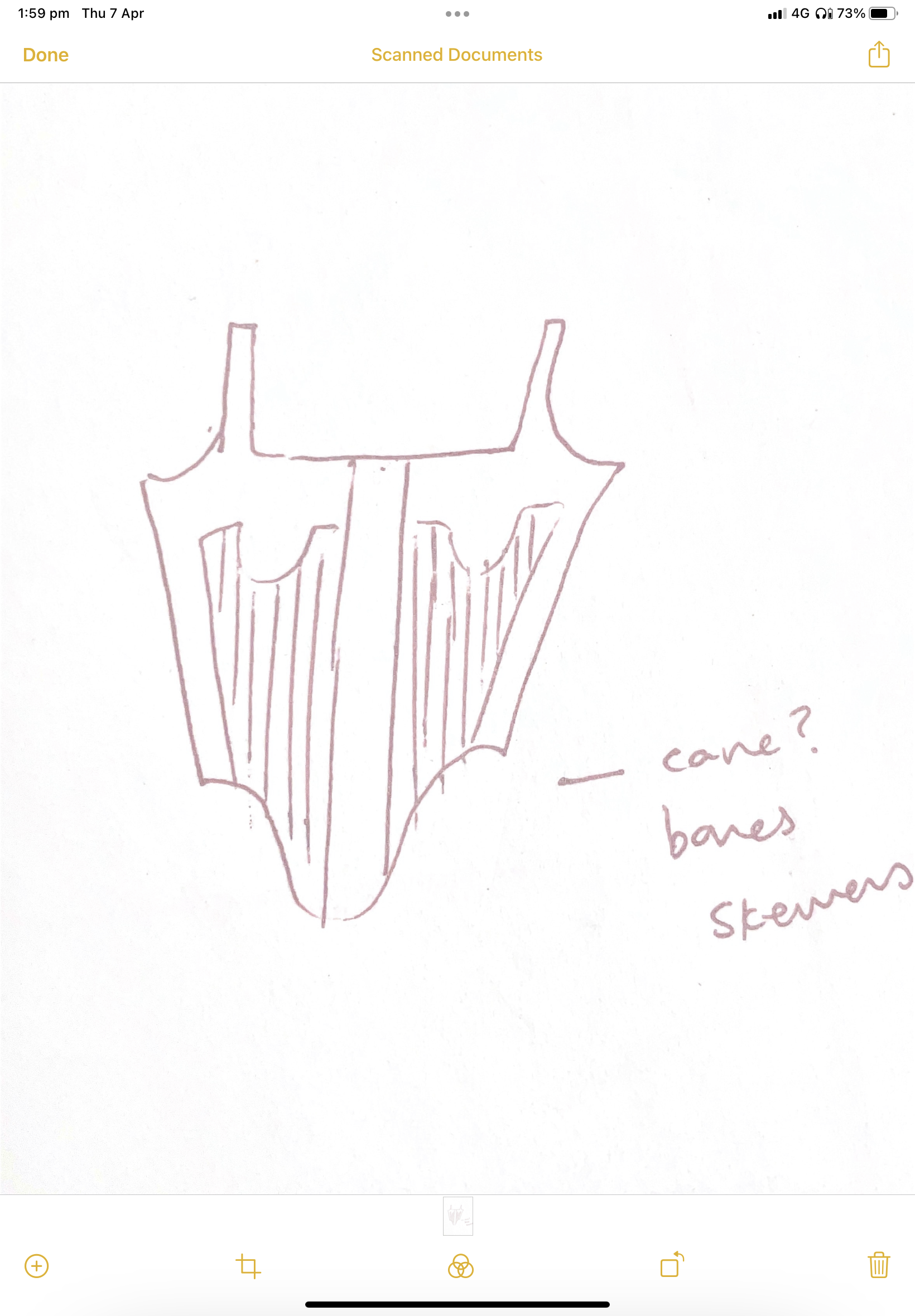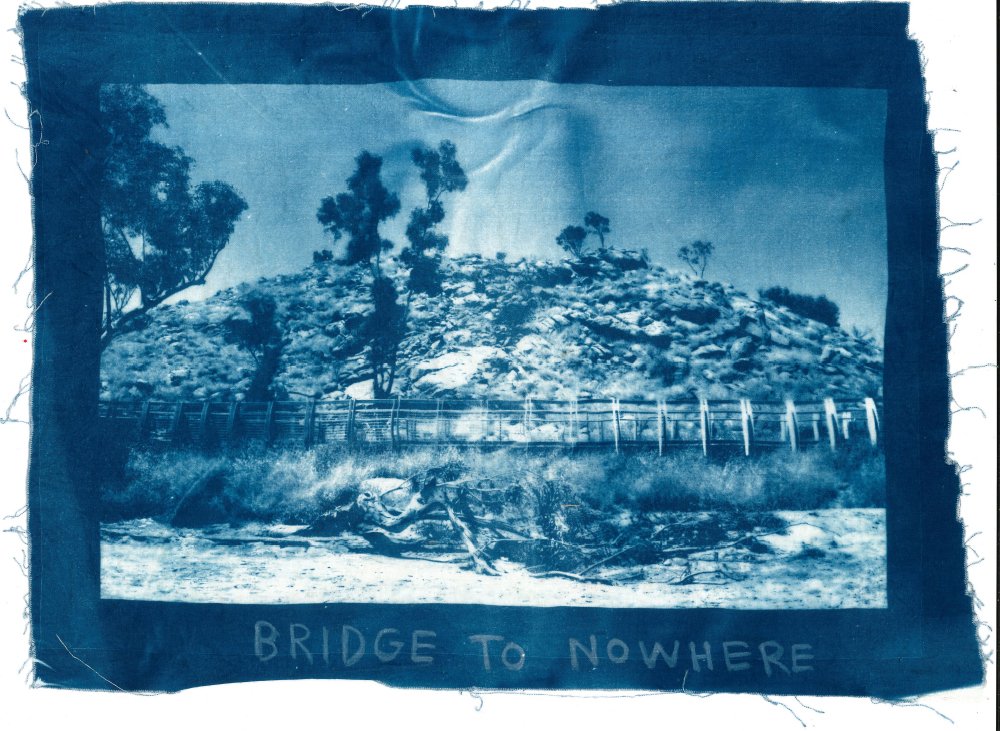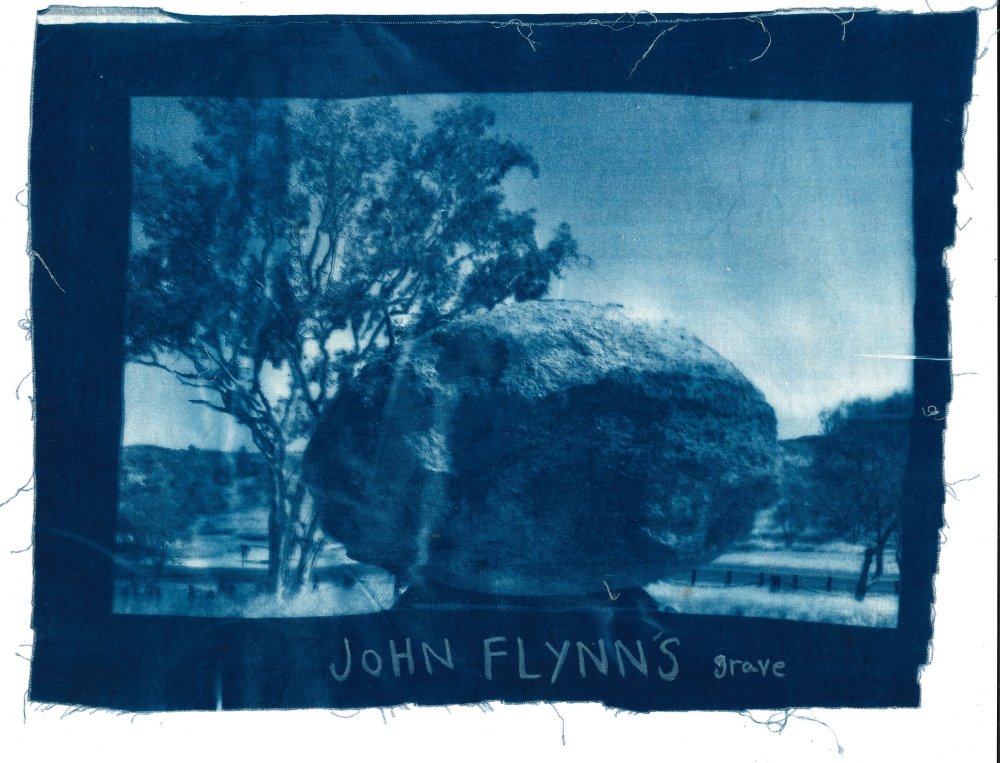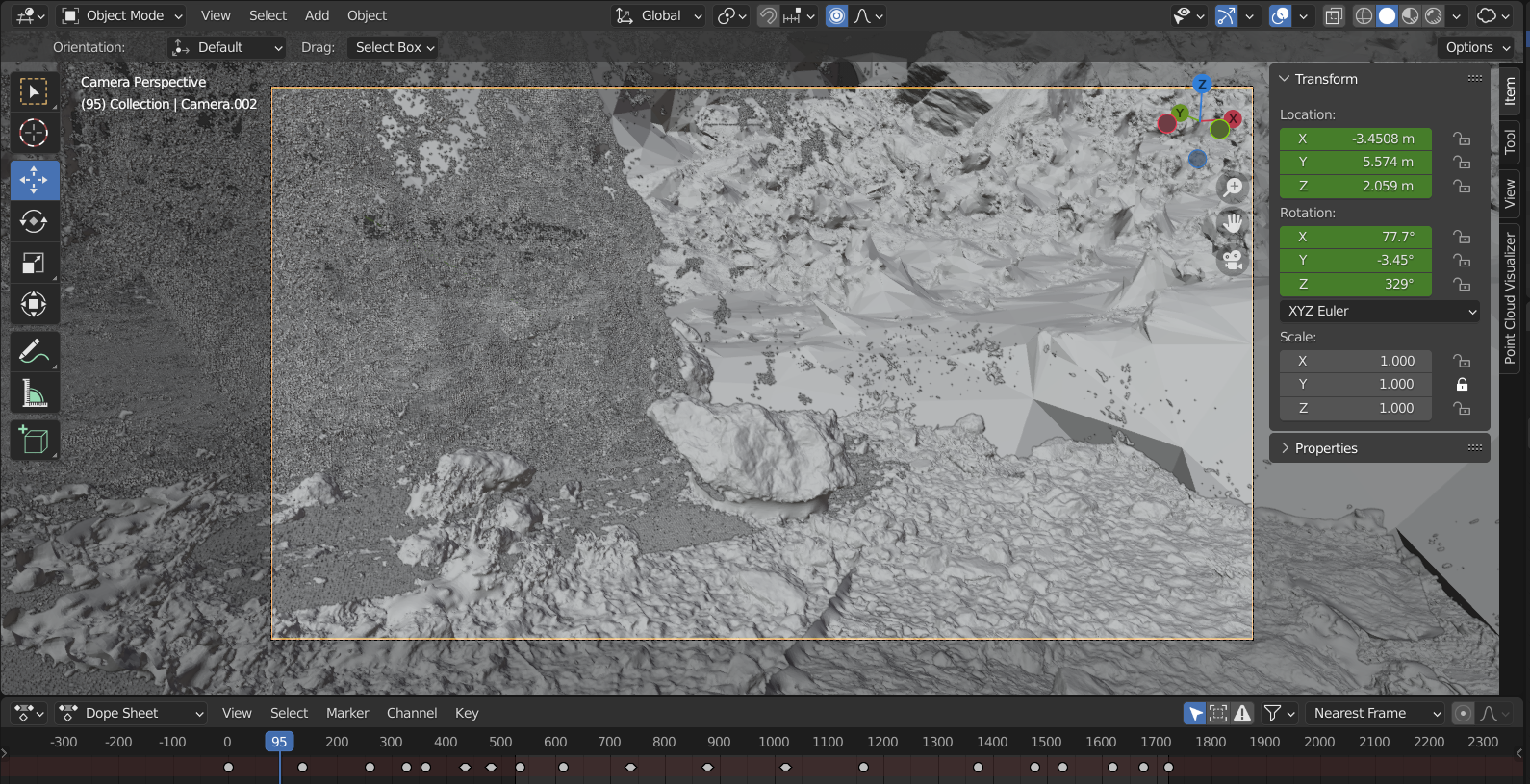It’s a 30min bike ride into WTS from apmere atyinhe (my home), cycling along the Stuart Highway and through Ntaripe (the Gap). Along the ride, different tree and plant peoples on the way keep catching my eyes, the look and feel of their skin, reminding me of the different skins and textures of human peoples.
As the election is coming up, my families and I have had lots of yarns into how the politics affect tyerrtye-mape (Blak people) here – the classic lies and empty promises that warlpele politics continues to make time and time again, how Nana hasn’t seen anything change in their time, and has come to expect nothing but empty words. How the Albanese government is committed to mining and fracking in the NT, in conjunction with the Uluru Statement, which is backed by the mining companies themselves. Nana reminding me, that as we were created from dust, coming from the ground itself, our health in inherently linked to the health of Apmere (Country) and that many more peoples (human, animal peoples, plants peoples, land peoples etc) are going to be continuously affected eg. Dialysis for human peoples. Reminding me of the textures, and the inexplicable link between Arrernte-mape and Apmere, the similar textures of plant peoples and human peoples becomes obvious.
Stone Motherless Cold is an Arrernte drag gem, currently based in Naarm. Smooth and sensual, bold and graphic, this crystalline trophy posing as humanoid. She is a drag artist, producer, writer and visual artist, celebrating spaces of Blak queer futurism. Ms Cold is head of the Motherless Collective. 1st Runner Miss First Nations 2021 and title winner of the VIC NAIDOC LGBTQIA+ 2019 event.
